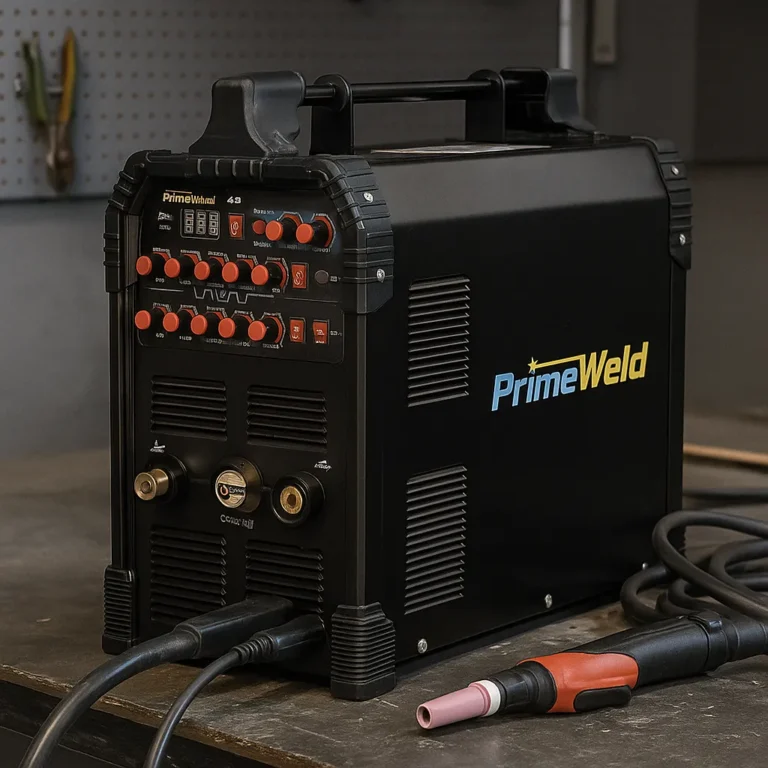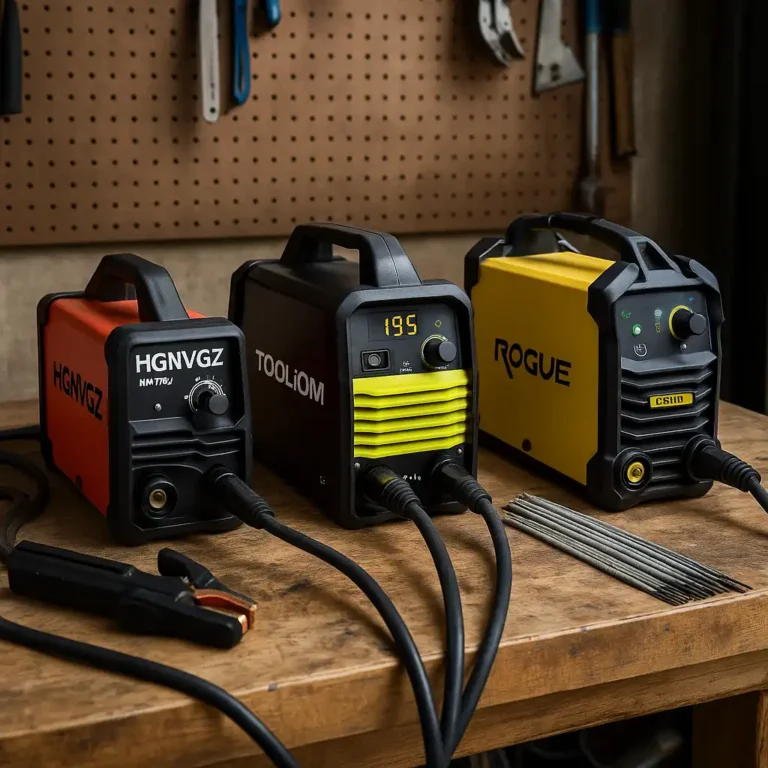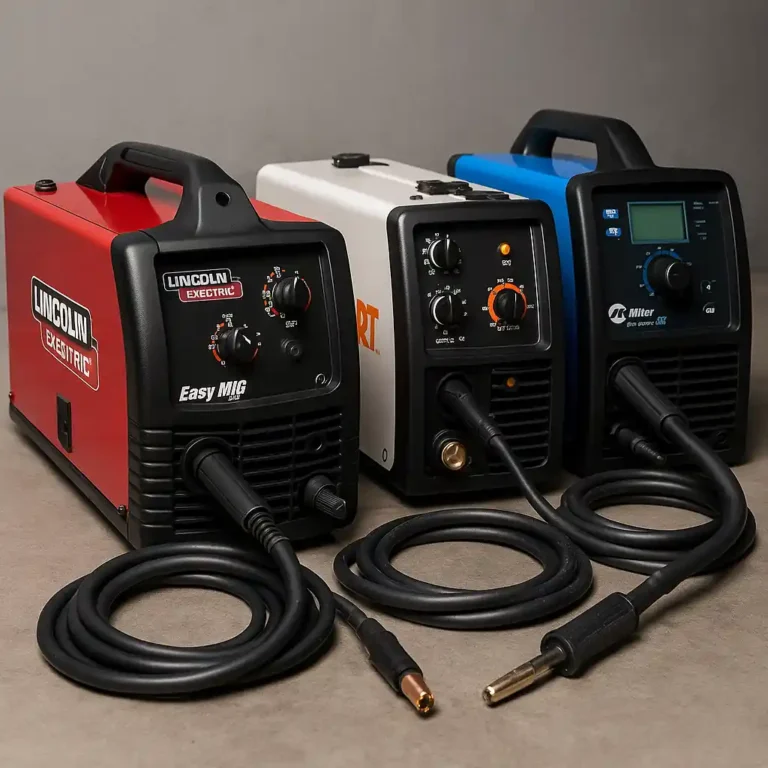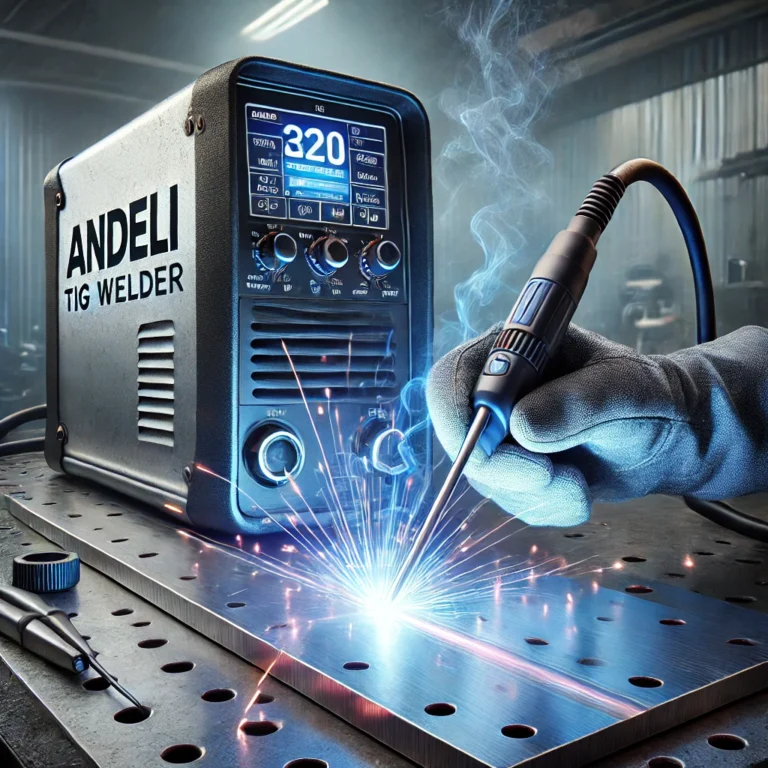Hobart 210 MVP Review: Power and Precision in One Machine
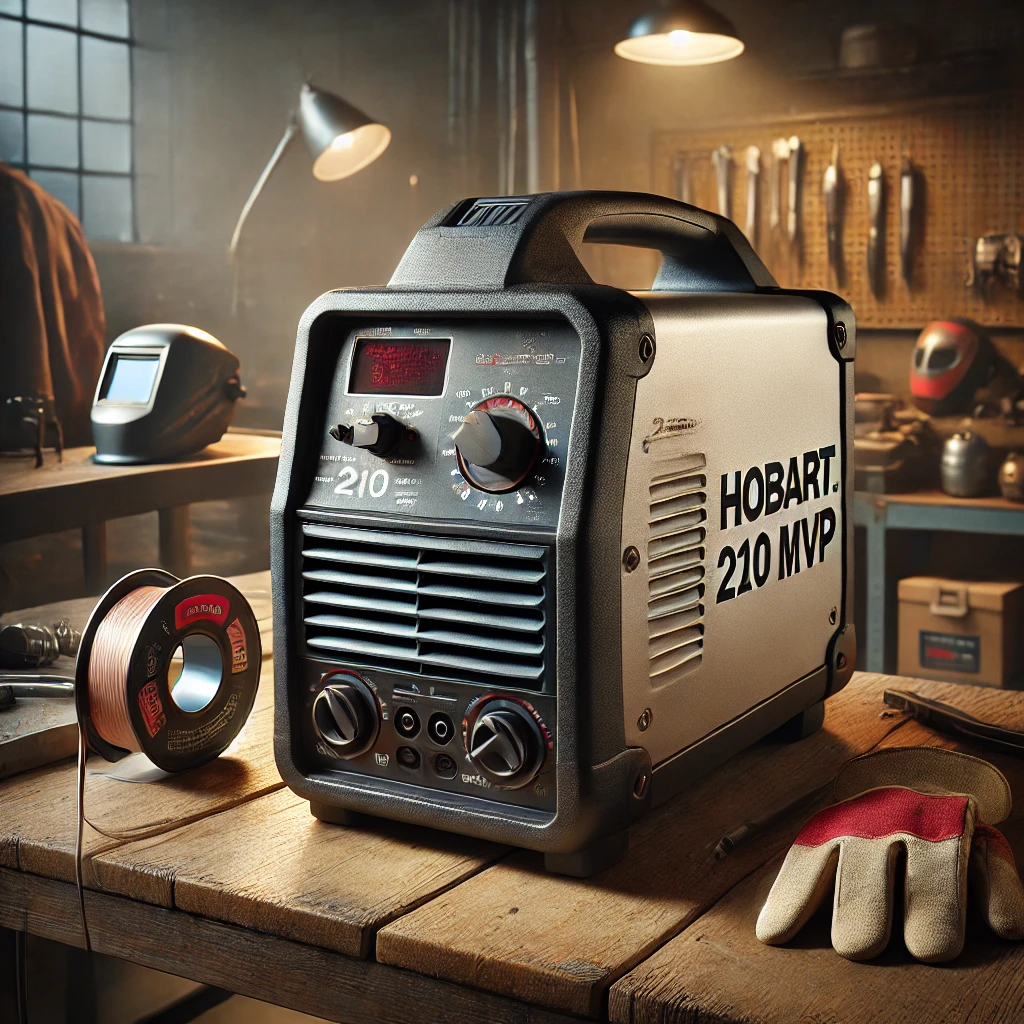
Disclosure: This post contains affiliate links. As an Amazon Associate, I earn from qualifying purchases—at no extra cost to you.
Welders looking for a reliable and versatile machine often find themselves considering the Hobart Handler 210 MVP. Known for its dual-voltage capability and solid performance, this welder offers flexibility for both professionals and hobbyists. Whether you’re tackling light fabrication, automotive work, or home projects, the Hobart 210 MVP promises power and precision. But does it live up to expectations? Let’s dive into the details.
Hobart 500553 Handler 210 MVP MIG Welder Review
The Hobart 210 MVP is designed to handle a variety of welding tasks with ease. Thanks to its Multi-Voltage Plug (MVP) system, users can switch between 115V and 230V power inputs without any hassle. This feature makes it an excellent choice for those who need portability without sacrificing power.
Key Features
- Dual-Voltage Flexibility – Seamlessly switch between 115V and 230V for convenience in different work environments.
- Powerful Performance – Capable of welding materials from 24-gauge up to 3/8-inch thick in a single pass.
- Seven Voltage Settings – Provides precise control for consistent and high-quality welds.
- Spool Gun Ready – Compatible with the SpoolRunner 100, making it ideal for aluminum welding.
- Durable Build – Designed to last with high-quality components and a rugged exterior.
Why Choose the Hobart 210 MVP?
Ease of Use
One of the standout aspects of this welder is its simplicity. With a straightforward interface and quick setup process, even beginners can get started without a steep learning curve. The included setup chart helps users adjust settings based on material thickness and wire type.
Versatility in Welding
A major advantage is the ability to work with multiple materials and thicknesses. Whether you’re welding mild steel, stainless steel, or aluminum, the Hobart 210 MVP provides smooth and consistent welds.
Portability and Convenience
Despite being a powerful machine, the 210 MVP remains compact and portable. Weighing around 79 pounds, it’s easy to move around a workshop or job site. The included dual-voltage adapter adds to its convenience, allowing you to plug into different power sources without additional tools.
Potential Drawbacks
Weight
While it’s more portable than some larger welders, 79 pounds can still be a bit heavy for frequent transport. If you need to move it around often, consider investing in a welding cart.
Price Point
The Hobart 210 MVP isn’t the cheapest option on the market, but its performance and durability make it a worthwhile investment for those who need a high-quality welder.
Conclusion
The Hobart 210 MVP is a powerhouse MIG welder that delivers excellent performance, versatility, and ease of use. Its dual-voltage feature, robust build, and user-friendly design make it a fantastic choice for both professionals and hobbyists. While it may be a bit heavy for some, the added power and precision more than make up for it. If you’re looking for a reliable welder that can handle a range of materials and projects, the Hobart 210 MVP is a solid option.
Related Articles You Might Find Helpful
Check out these articles to explore more top-rated welding machines and techniques:



